Content Menu
● Introduction to Swimwear Fabrics
>> Why Fabric Choice Matters
>> Overview of Swimwear Fabrics
● Common Fabric For Making Swimwear
>> Nylon: The Swimwear Fabric Staple
>> Polyester: The Durable Contender in Swimwear Fabric
>> Elastane: The Stretch Factor in Swimwear Fabric
>> Nylon-Spandex Blends: The Classic Swimwear Fabric
>> Polyester-Spandex Blends: The Durable Alternative
● Nylon Swimwear
>> Properties of Nylon
>> Benefits of Nylon Swimwear
● Polyester Swimwear
>> Properties of Polyester
>> Benefits of Polyester Swimwear
● Lycra Swimwear
>> Properties of Lycra
>> Benefits of Lycra Swimwear
● Innovative Swimwear Fabrics: Looking to the Future
● Choosing the Best Fabric for Swimwear
>> Factors to Consider
>> Making the Right Choice
● Conclusion
● Frequently Asked Questions (FAQs)
>> What is the most durable swimwear fabric?
>> What fabric is best for competitive swimming?
>> Is nylon swimwear good for everyday use?
Discover the best fabrics to make your own swimwear at home, from performance knits to sustainable options for a perfect fit.
Swimwear is an essential part of summer fashion, beach outings, and pool parties. When it comes to creating the perfect swimsuit, the choice of swimwear fabric plays a crucial role in determining comfort, durability, and style. The world of swimwear fabric is diverse and ever-evolving, with manufacturers constantly innovating to meet the demands of swimmers and beachgoers alike. In this comprehensive guide, we'll dive deep into the realm of swimwear fabric, exploring the most common materials used, their properties, and why they're favored in the swimwear industry.
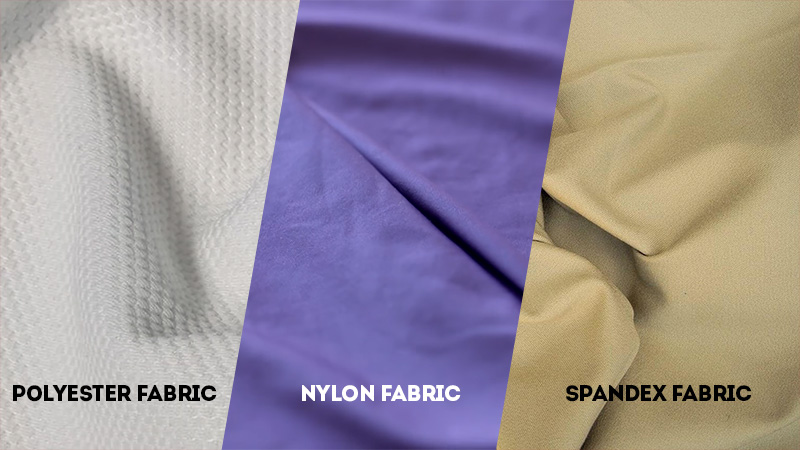
Introduction to Swimwear Fabrics
When it's time to hit the pool or the beach, the fabric of your swimsuit plays a huge role in how much fun you have. This is where the topic of swimwear fabrics comes in. Choosing the right swimsuit material can make a big difference in how comfortable and lasting your swimwear is.
Why Fabric Choice Matters
The material used for swimwear is important for a few reasons. First, it affects the fit. You want your swimsuit to fit snugly but not too tight. Next, the right fabric can provide comfort. For example, some fabrics feel soft against your skin, while others might be rough. Lastly, the longevity of your swimsuit depends on the fabric. Some materials wear out quickly, while others last a long time, even after many trips to the pool!
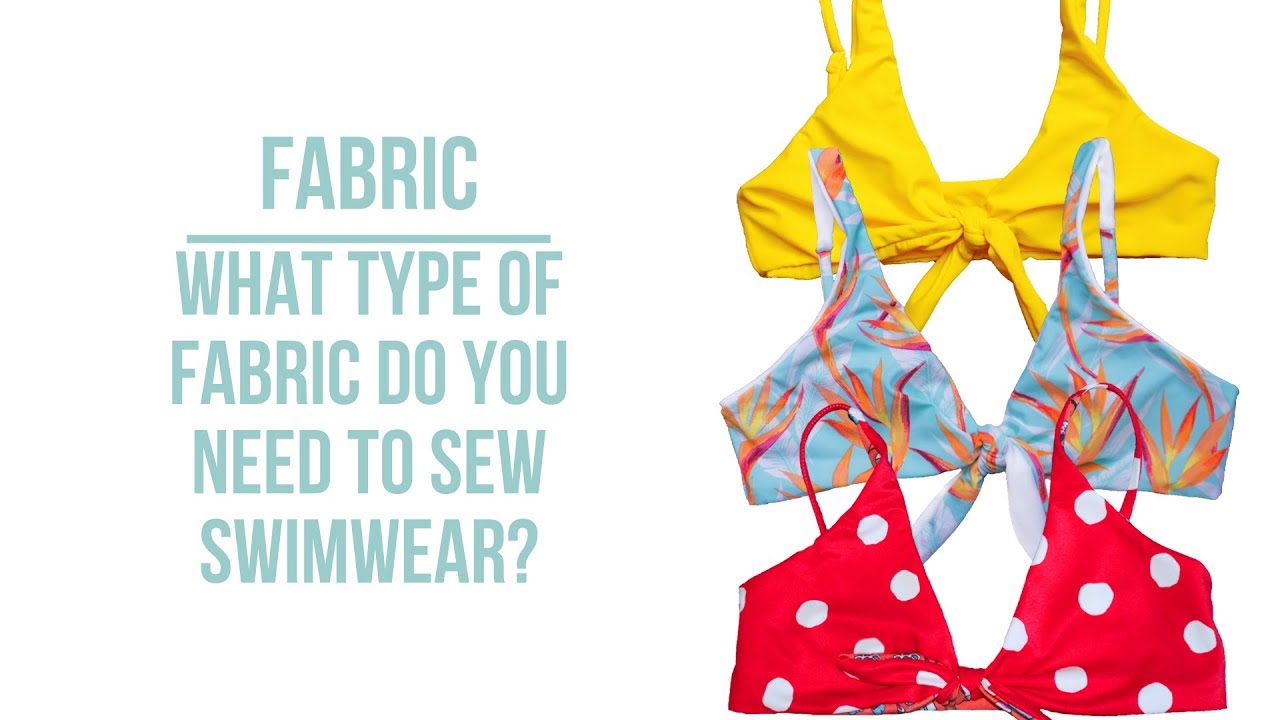
Overview of Swimwear Fabrics
There are several main types of fabrics used in swimwear, and each has its own special qualities. One popular choice is polyester swimwear. Polyester is known for being durable and great at holding colors. Another common option is lycra swimwear, which is super stretchy and comfy. Lastly, there's nylon swimwear, which is smooth and dries quickly. In the following sections, we'll dive deeper into these fabrics and learn more about what makes them unique.
Common Fabric For Making Swimwear
Nylon: The Swimwear Fabric Staple
One of the most prevalent swimwear fabrics in the market is nylon. This synthetic material has been a go-to choice for swimwear manufacturers for decades, and for good reason. Nylon swimwear fabric offers a unique combination of properties that make it ideal for aquatic environments.
Nylon swimwear fabric is known for its exceptional durability and resistance to tearing. This resilience is crucial for swimwear, as it needs to withstand the harsh effects of chlorine, saltwater, and UV rays. Moreover, nylon swimwear fabric has a soft feel against the skin, ensuring comfort during long hours of wear. The fabric's ability to dry quickly is another advantage, allowing swimmers to transition from water to land with ease.
One of the key benefits of nylon swimwear fabric is its versatility in terms of appearance. Manufacturers can produce nylon swimwear fabric with various sheens, from matte to high-gloss finishes, catering to different style preferences. This adaptability makes nylon a favorite among designers who want to create diverse swimwear collections.
However, it's worth noting that while nylon swimwear fabric excels in many areas, it does have some limitations. Prolonged exposure to chlorine can cause the fabric to deteriorate over time, leading to color fading and pilling. Despite this drawback, well-made swimwear using high-quality nylon can still last for many seasons with proper care.
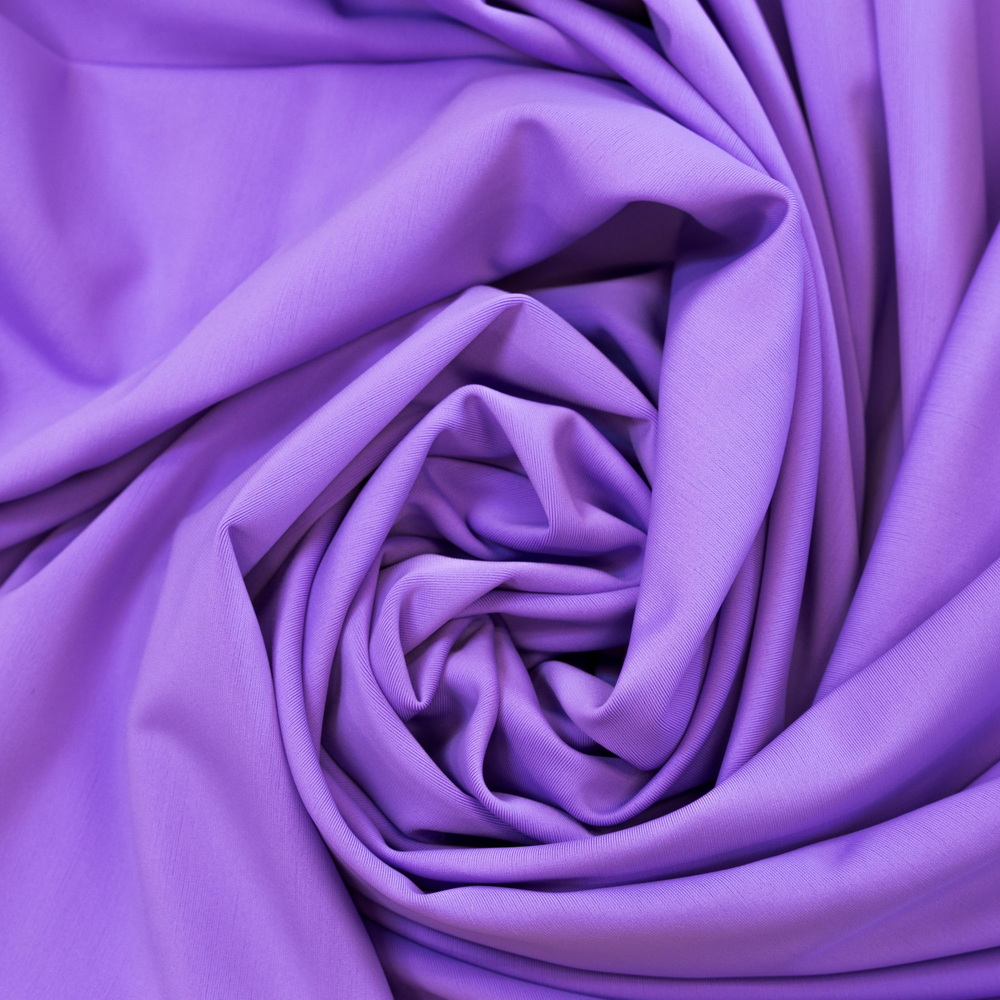
Polyester: The Durable Contender in Swimwear Fabric
While nylon has long been the reigning champion of swimwear fabric, polyester has emerged as a strong contender in recent years. Polyester swimwear fabric, especially when blended with elastane (also known as Lycra or spandex), offers unparalleled durability.
Polyester swimwear fabric is renowned for its chlorine resistance, making it an excellent choice for frequent swimmers or those who spend a lot of time in pools. This swimwear fabric maintains its shape and color even after repeated exposure to chlorinated water, outperforming nylon in this aspect.
Another advantage of polyester swimwear fabric is its excellent moisture-wicking properties. This means that swimsuits made from polyester dry faster than those made from many other materials, enhancing comfort and reducing the likelihood of chafing or irritation.
Polyester swimwear fabric also offers good UV protection, which is crucial for those spending long hours under the sun. This added protection makes polyester an increasingly popular choice for outdoor and competitive swimming wear.
However, it's important to note that polyester swimwear fabric is a broad category. There are numerous blends and variations available from different fabric mills, each with its own unique properties 5. This diversity allows designers to choose the perfect polyester swimwear fabric for their specific needs, whether it's for high-performance athletic wear or fashionable beachwear.
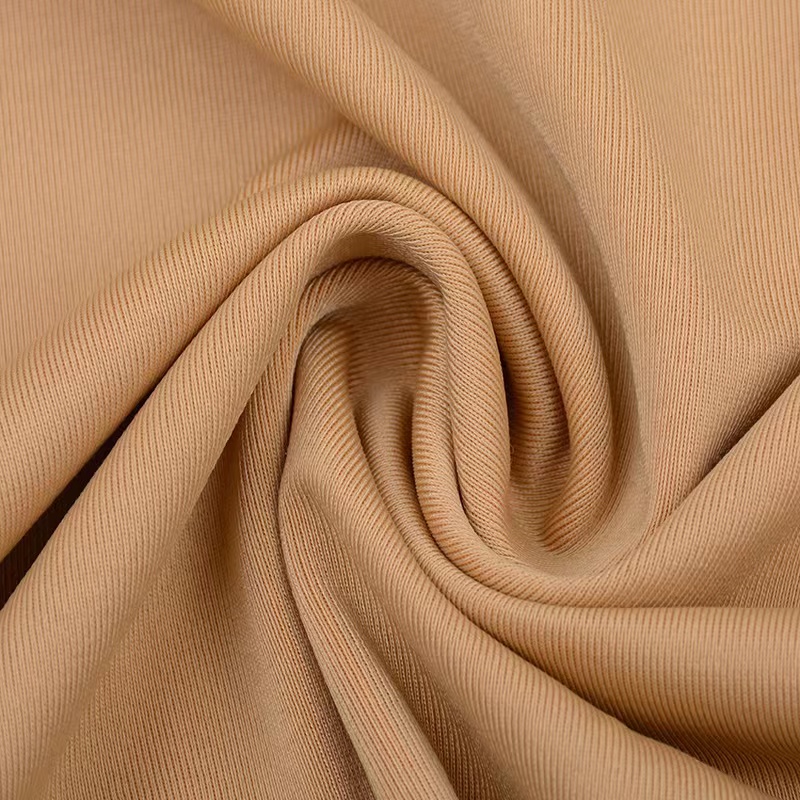
Elastane: The Stretch Factor in Swimwear Fabric
While not typically used on its own, elastane (also known as spandex or Lycra) is a crucial component in modern swimwear fabric. This synthetic fiber is blended with other materials like nylon or polyester to provide the stretch and recovery that is essential in swimwear.
Elastane gives swimwear fabric its ability to stretch and then return to its original shape. This property is vital for ensuring a snug, comfortable fit that moves with the wearer's body. Most swimwear fabrics contain a percentage of elastane, typically ranging from 10% to 20%, with the exact amount depending on the desired level of stretch and recovery.
The inclusion of elastane in swimwear fabric has revolutionized the industry, allowing for the creation of form-fitting, supportive swimsuits that enhance performance and comfort. Whether it's a competitive swimmer's sleek racing suit or a fashionable bikini, elastane plays a crucial role in modern swimwear fabric.
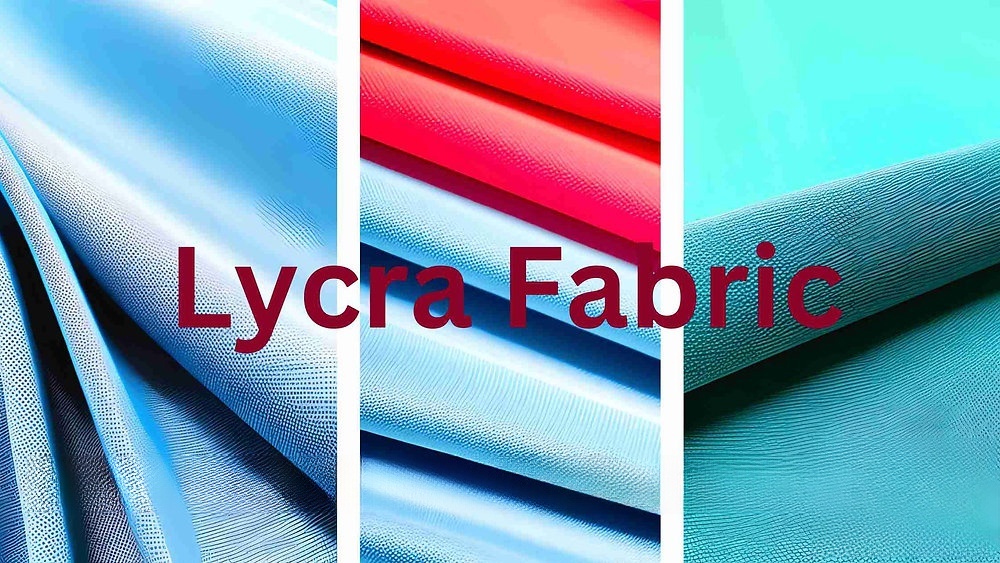
Nylon-Spandex Blends: The Classic Swimwear Fabric
One of the most popular swimwear fabric blends is nylon-spandex (or nylon-elastane). This combination brings together the best of both materials, creating a swimwear fabric that is durable, soft, stretchy, and quick-drying.
Nylon-spandex swimwear fabric is prized for its excellent recovery, meaning it retains its shape well even after repeated wear and washing. This property is crucial for maintaining the fit and appearance of the swimsuit over time. The blend also offers a range of fabric sheens, from matte to high-gloss, allowing for diverse aesthetic options in swimwear design.
However, it's worth noting that nylon-spandex swimwear fabric is less UV resistant compared to some other options. For this reason, it may not be the best choice for swimwear intended for extended sun exposure without additional UV protection treatments.
Polyester-Spandex Blends: The Durable Alternative
As an alternative to nylon-spandex, polyester-spandex blends have gained popularity in re
cent years. This swimwear fabric combines the durability and chlorine resistance of polyester with the stretch and recovery of spandex.
Polyester-spandex swimwear fabric is particularly well-suited for competitive swimming and frequent pool use due to its excellent chlorine resistance. It also tends to retain its shape and color better than nylon-spandex blends, making it a good choice for long-lasting swimwear.
Moreover, polyester-spandex swimwear fabric often offers better UV protection than its nylon counterpart, making it a preferred choice for outdoor swimming and beach wear. However, some people find that polyester-spandex swimwear fabric doesn't feel as soft against the skin as nylon-spandex blends.
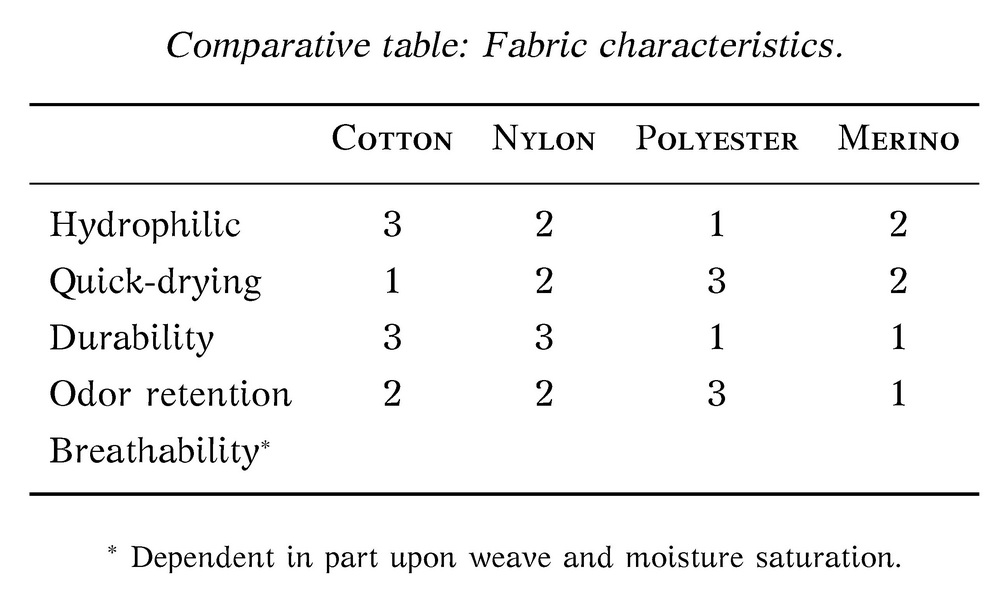
Nylon Swimwear
Nylon swimwear is a popular choice for many people who love to swim. This fabric has some exciting features that make it great for swimsuits. If you're curious about what makes nylon special, read on!
Properties of Nylon
Nylon is known for its smooth texture. When you touch a nylon swimsuit, it feels soft and nice against your skin. Another cool thing about nylon is that it dries quickly. After you swim, you won't have to wait long for your swimsuit to be dry again! Additionally, nylon is strong and can resist wear and tear, which is important if you swim a lot.
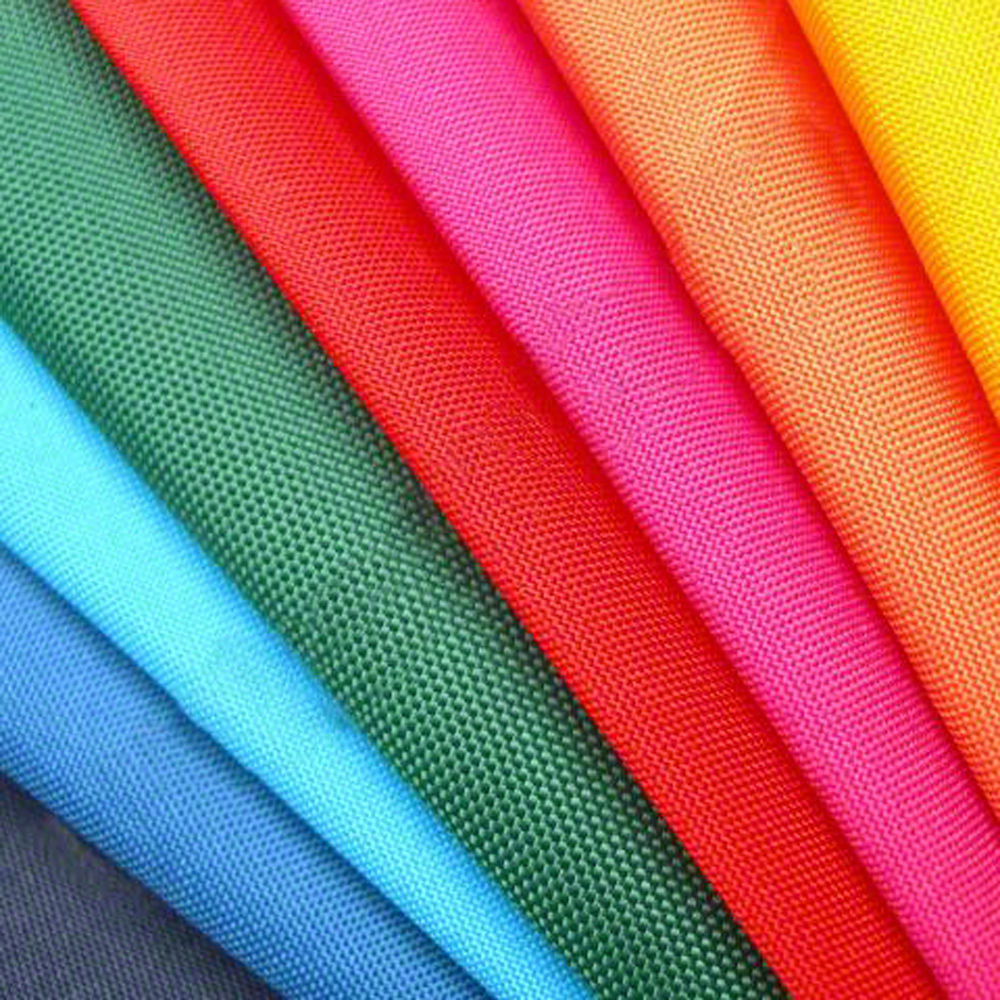
Benefits of Nylon Swimwear
One of the best things about nylon swimwear is its comfort. Because it is soft and stretchy, it moves with your body. This means you can swim freely without feeling uncomfortable. Nylon swimwear is also affordable. You can find nice-looking swimsuits made of nylon that don't cost too much, which is great if you want to save some money.
In summary, nylon swimwear is smooth, dries fast, and is very comfortable to wear. It's a great option for anyone who enjoys spending time in the water!
Polyester Swimwear
When it comes to choosing the right swimwear fabrics, many people find that polyester swimwear is an excellent option. Polyester is a popular choice for swimsuits, and there are several reasons why it stands out.
Properties of Polyester
Polyester has some amazing characteristics that make it a great fabric for swimwear. First, it is very strong and durable. This means that your swimsuit made of polyester will last longer, even after many swims. Another cool feature of polyester is its ability to hold onto colors well. Swimsuits made from this fabric will stay bright and colorful, even after spending time in the sun. Plus, polyester is resistant to chlorine, which is important if you swim in a pool. This resistance helps your swimsuit last longer without getting damaged.
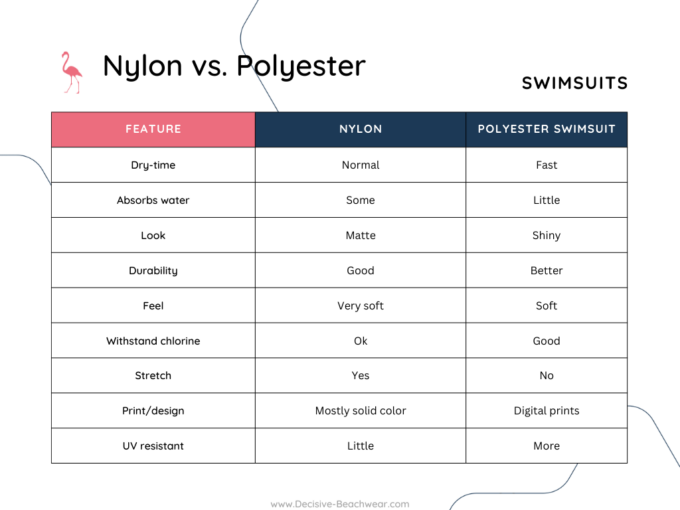
Benefits of Polyester Swimwear
There are many benefits to wearing polyester swimwear. One of the biggest advantages is its durability. Polyester swimsuits can withstand wear and tear, making them perfect for both casual beach days and intense swim practices. Additionally, polyester dries quickly, which can be really nice after a swim. You won't have to wait long before putting your clothes back on. This quick-drying feature is great for kids who want to jump back into play right after swimming!
Another benefit is comfort. Polyester is lightweight and soft against the skin, which means you can enjoy your time in the water without feeling itchy or uncomfortable. All these qualities make polyester one of the best fabrics for swimwear, especially if you want something that will last and keep you comfortable.
Lycra Swimwear
Lycra swimwear is a popular choice for many people who love to swim. Lycra is known for being stretchy and comfortable, making it ideal for swimsuits. This fabric is often blended with other materials to enhance its great qualities. Let's take a closer look at what makes lycra swimwear so special.
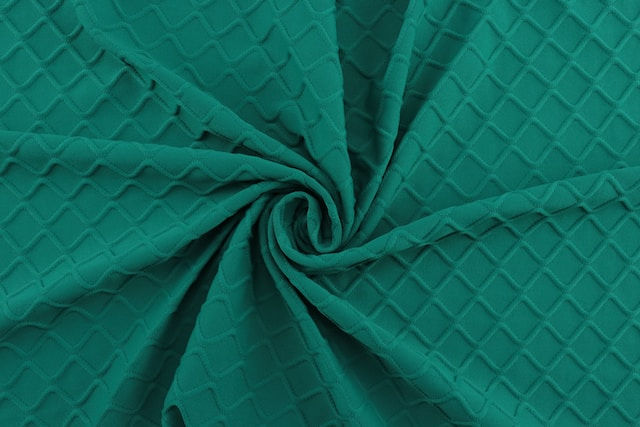
Properties of Lycra
Lycra is famous for its amazing stretchiness. This means that when you wear a swimsuit made of lycra, it fits your body snugly without feeling tight. Lycra swimsuits can help you move easily in the water. They are also soft and feel great against your skin, which is important when you are splashing around at the pool or beach.
Benefits of Lycra Swimwear
One of the biggest reasons people love lycra swimwear is its excellent fit. When you jump into the water, your swimsuit stays where it should, thanks to lycra's flexibility. This makes it perfect for swimming, diving, or any water activities. Plus, lycra is quick to dry! This means you can go from swimming to sunbathing without feeling wet for too long.
Another benefit of lycra swimwear is its durability. Even after many swims, lycra maintains its shape and color. This is why you often see competitive swimmers and casual beachgoers wearing lycra suits. They know that lycra will keep looking good and feeling great for a long time.
In conclusion, lycra swimwear combines comfort and flexibility, making it a favorite among swimmers. Its stretchy nature and durability ensure that you can enjoy your time in the water while feeling confident and comfortable.
Innovative Swimwear Fabrics: Looking to the Future
While traditional materials continue to dominate the swimwear fabric market, innovative new options are emerging. One such example is REPREVE, a sustainable swimwear fabric made from recycled plastic bottles.
REPREVE and similar eco-friendly swimwear fabrics represent a growing trend towards sustainability in the fashion industry. These materials offer similar performance to traditional synthetic swimwear fabrics but with a significantly reduced environmental impact.
Another innovation in swimwear fabric is the development of materials with enhanced UV protection. These fabrics incorporate special treatments or are woven in a way that provides superior sun protection, addressing the growing concern about skin damage from prolonged sun exposure.
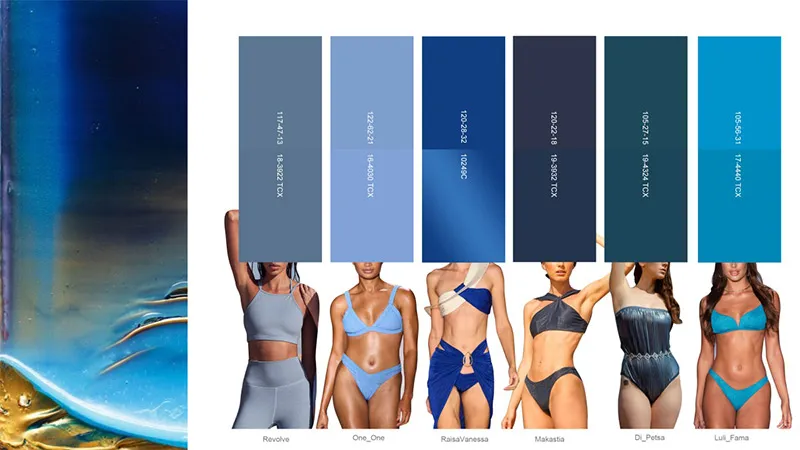
Choosing the Best Fabric for Swimwear
When you are picking out swimwear fabrics, there are a few important things to think about. The best fabric for swimwear should feel good, last a long time, and help you swim better. Let's break down some key factors that can help you choose the right swimsuit material for your needs.
Factors to Consider
First, you need to think about how the fabric fits. A swimsuit that fits well should feel snug but not too tight. It should allow you to move freely without slipping or pulling. This is where stretch comes into play. Fabrics like lycra swimwear are very stretchy and can help you swim comfortably.
Next, consider how the fabric reacts to water and sunlight. Some materials, like polyester swimwear, are great at resisting chlorine. This means they won't get damaged as quickly when you swim in a pool. If you swim a lot, this is an essential factor to keep in mind.
Lastly, think about the durability of the fabric. You want a swimsuit that can handle water, sand, and sun without falling apart. Materials like nylon swimwear are known for being tough and can be a good choice if you want something that will last.
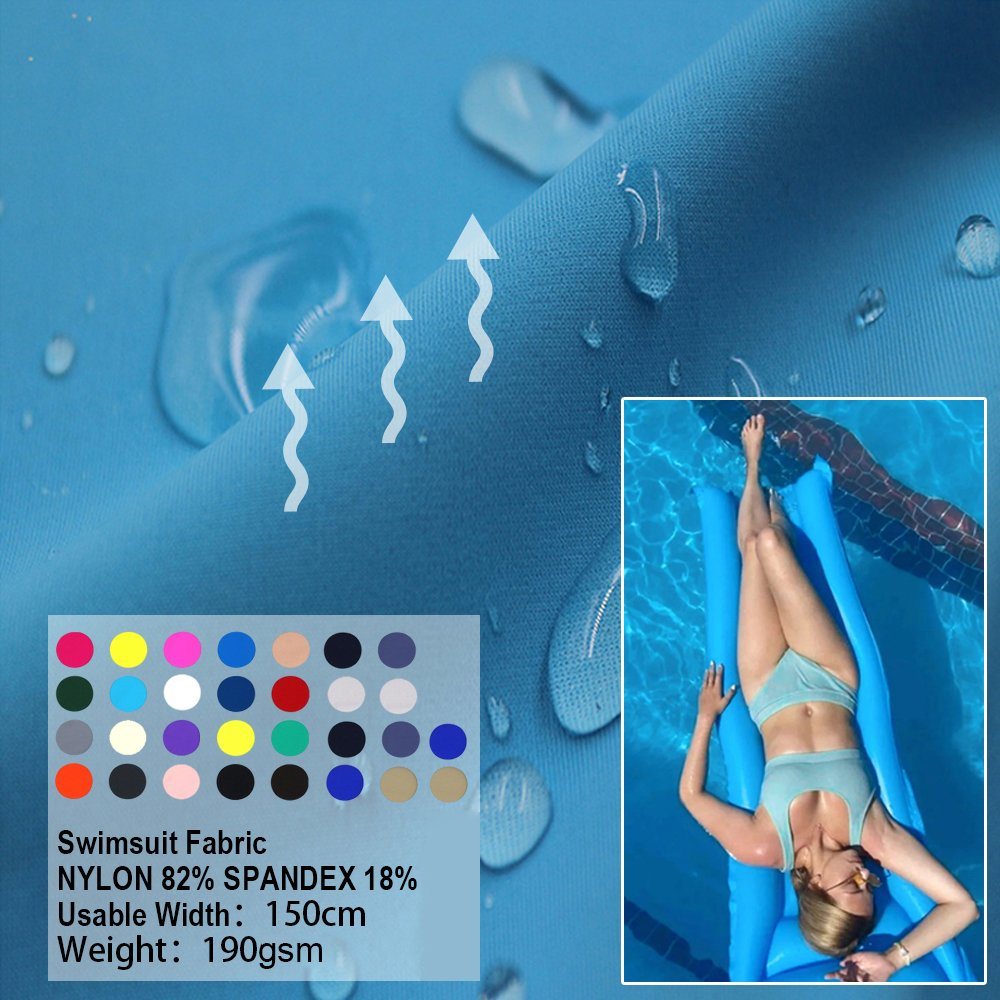
Making the Right Choice
Now, how do you decide which fabric is best for you?
When selecting a swimwear fabric, whether for personal use or for manufacturing, several factors need to be considered.
The intended use of the swimwear is crucial - competitive swimmers may prioritize performance and chlorine resistance, while occasional beachgoers might focus more on style and comfort.
If you're going to be swimming competitively, you might want to choose lycra swimwear. This material fits snugly and helps you move faster through the water.
For casual beach days or pool parties, polyester swimwear can be a great option. It's comfortable, dries fast, and is pretty durable, making it perfect for fun in the sun.
If you are planning to swim often and need something that feels soft and dries quickly, nylon swimwear can be a smart choice. It's also usually more affordable, which is great for those who want to buy multiple swimsuits.
By thinking about how you plan to use your swimsuit and considering the factors we've discussed, you can choose the best fabric for swimwear that suits your needs.
The weight of the swimwear fabric is another important consideration. Most fashion swimwear fabrics range from 180-200 g/m². Lighter fabrics around 150 g/m² might be more suitable for lingerie-inspired styles, while heavier fabrics over 200 g/m² are often used for competition swimwear or textured designs.
For those sewing their own swimwear, it's crucial to choose a swimwear fabric with 4-way stretch and a spandex content of at least 10-20%. This ensures the fabric will have enough stretch and recovery to create a comfortable, well-fitting swimsuit.
Conclusion
In our journey through the world of swimwear fabrics, we've discovered how important the right choice of material is for our swimsuits. Each fabric-polyester, lycra, and nylon-has its special qualities that make it unique. Understanding these differences helps us find the best fabric for swimwear that fits our needs.
Polyester swimwear stands out for its durability and ability to resist chlorine, making it a great long-term choice. On the other hand, lycra swimwear offers an amazing stretch and comfort, which many athletes love for competitive swimming. Lastly, nylon swimwear is known for its smooth texture and quick-drying properties, ideal for everyday swimming fun.
When choosing the best fabric for swimwear, remember to think about comfort, performance, and how often you'll be using your swimsuit. With the right information about swimwear fabrics, you can make smart choices that will keep you comfortable and looking great in the water!
Frequently Asked Questions (FAQs)
What is the most durable swimwear fabric?
When it comes to swimwear fabrics, many people think that polyester swimwear is the most durable option. This is because polyester is very strong and can resist wear and tear. It also holds its color well, which means your swimsuit will look good for a long time, even after lots of swimming!
What fabric is best for competitive swimming?
If you are into competitive swimming, you might want to choose lycra swimwear. This swimsuit material is known for its amazing stretchiness and snug fit. It helps swimmers move quickly through the water without dragging. Plus, it's super comfortable, which is really important when you're racing!
Is nylon swimwear good for everyday use?
Nylon swimwear is a great choice for everyday use! It has a smooth texture that feels nice on the skin and dries quickly after swimming. This makes it perfect for casual days at the pool or beach. Plus, nylon swimwear is often more affordable, making it a good option for families and kids who love to swim!










































































